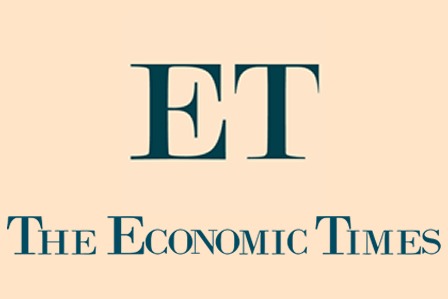Like every Indian, I, too, have been faced with the inevitable choice of which way to vote. The responsibility to vote is individual, but the outcome is collective. For me, the most important issue is economy — how do we lift much of India out of poverty and improve their living standards? Once our income levels as a nation go up, and the quality of life improves on a per-capita basis, other improvements will follow automatically. We will have more funds to invest in our national security. Our ability to spend on education, health and poverty alleviation programmes will increase, as will our infrastructure expenditure.
And in the context of elections, the question is: which political party/parties can do a better job on the economic front? Macroeconomic stability and creating an enabling environment within which businesses can thrive and make more investments is the government’s key job.
Similarly, improving ease of doing business and reducing friction costs to enable businesses to be more efficient is critical. As is control of the cost of capital, which, in turn, is driven largely by inflation and the fiscal deficit.
Fifteen years ago, the UPA government inherited from the previous NDA regime a healthy economy. Growth had crossed 8%, inflation was trending down, and the fiscal deficit was under control. Crucially, interest rates had been brought under control after a difficult struggle.
When UPA demitted office 10 years later, all the macro parameters were skewed. The current government has had to work hard once again to restore macroeconomic stability. The average GDP growth rate from 2014 to 2018 is 7.3%, higher than the performance in the previous five years.
The IMF’s forecast for the next two years is 7.5% and 7.7%, at a time when the global economy is expected to slow down. Inflation has been tamed, but real interest rates are still punitively high. Over the last five years, GoI has done a remarkable job in controlling India’s fiscal account deficit from 4.1% of GDP in 2014-15 to 3.4% in 2018-19.
Infrastructure is an area where GoI has pushed hard and the results are visible. The power sector and digital infrastructure have also surged forward. In the financial sector, the passage of the Insolvency and Bankruptcy Code (IBC) has been a big change. The non-performing asset (NPA) issue continues to be a massive overhang to faster lending to corporates and individuals. The Reserve Bank of India’s approach to corrective action of banks and squeezing of liquidity in search of ‘anchoring’ inflation expectations even at a time when inflation was low, did not help. Fortunately, better sense appears to be prevailing now.
While some argue about its implementation, the impact of the goods and services tax (GST) has been a big achievement. With some further tweaks, we should finally get to the desired endpoint of a single rate.
On ease of doing business, clearly, there has been progress. Are there areas where the present government could have done more in its tenure? Certainly. But, on balance, GoI’s economic track record over the past five years has been very constructive. We can’t now squander these gains away for the sake of welfarist and fiscally profligate measures.
Ultimately, the political party that creates more opportunities and a more frictionless system within whichto operate, that empowers the common citizen more, and that enables our citizens to do more for themselves, should win the vote of the people, and serve us for the next five years.
(The writer is chairman and managing director, ReNew Power)
Source: The Economic Times
&



